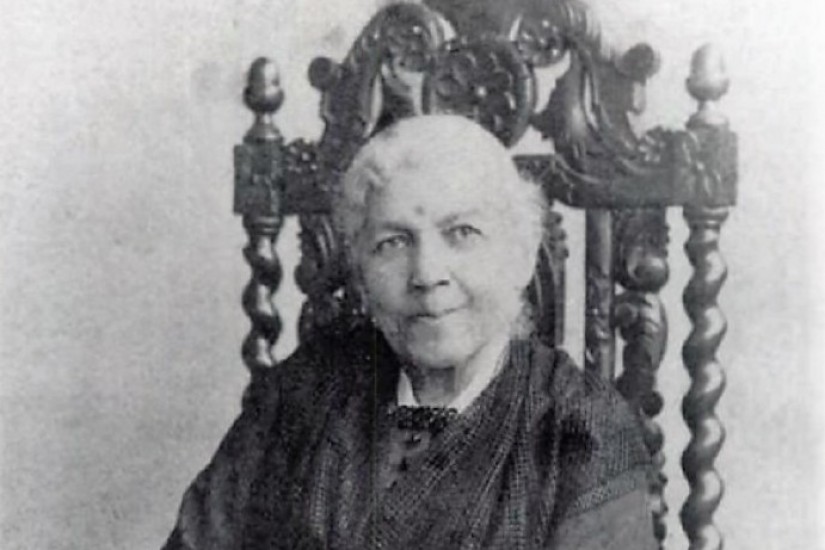No one imagined that the Japanese translation of the book, Incidents In The Life Of A Slave Girl by Harriet Ann Jacobs (1861), would become a long-selling hit in Japan when it was first published in 2013. It is the life story of a slave girl in the United States in the 1800s, and not something one would expect to strike interest in Japan, which while struggling with its own issues of race, has a 98% ethnically Japanese population.
And the woman who would push for the book to be translated and published in Japanese, Yuki Horikoshi, had no background in literature or translation, and at first found it difficult to find a willing publisher. "I didn't meet the profile for what an author should be and it was hard to explain why this book was so compelling."
The book is now on its eighth edition in hardback and was published in paperback this summer. In its first month in paperback, it sold 25,000 copies, a remarkable feat for a book of its genre. It's what in Japan is called "a quiet bestseller."
The book that fascinated Horikoshi has been compared to The Diary Of Anne Frank. It is considered a remarkable work in how it sheds light on the female experience of slavery, including the never-ending threat of sexual exploitation. It was thought to be a work of fiction but many believe the authenticity was definitively established in 1981.
Horikoshi remembers when she first read the book. It was the summer of 2011, the same year that Japan experienced the Great Eastern earthquake which resulted in nearly 16,000 deaths and a nuclear meltdown. Horikoshi, who works for a large consulting firm, was riding the bullet train on a business trip, looking for something inspirational to read. On her iPhone she downloaded a copy of the book, began reading, and was enthralled.
"I had gone to school in the United States and yet I had never heard of this book, nor really understood slavery. It was an eye-opening experience."
In the protagonist's resolution to fight against inequality and make herself a place in the world, Horikoshi saw inspiration for young Japanese people, especially women.

